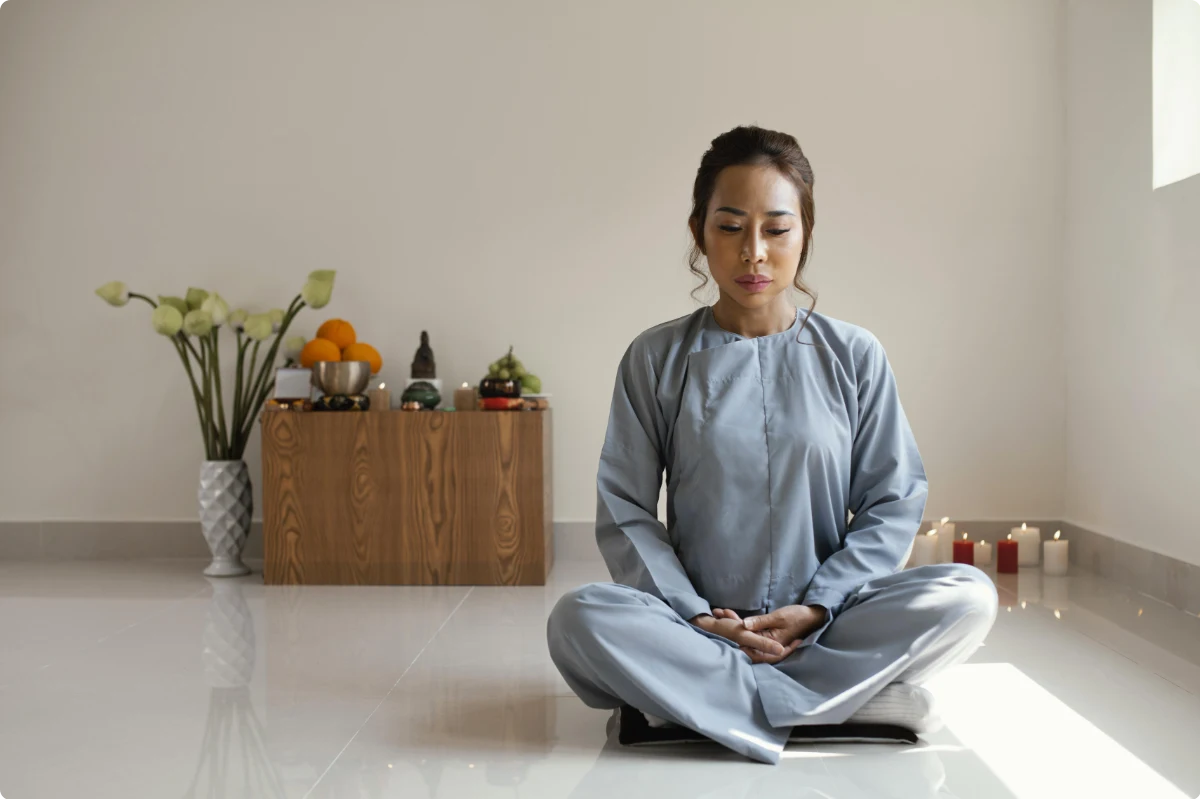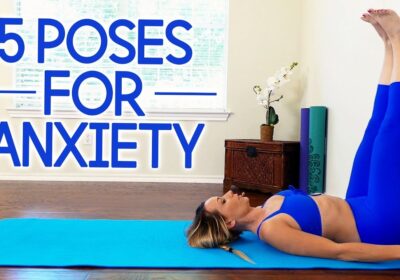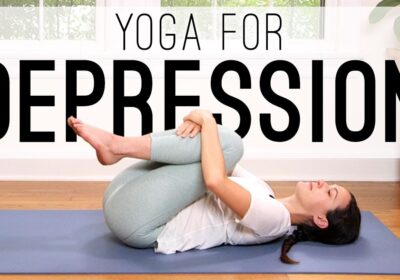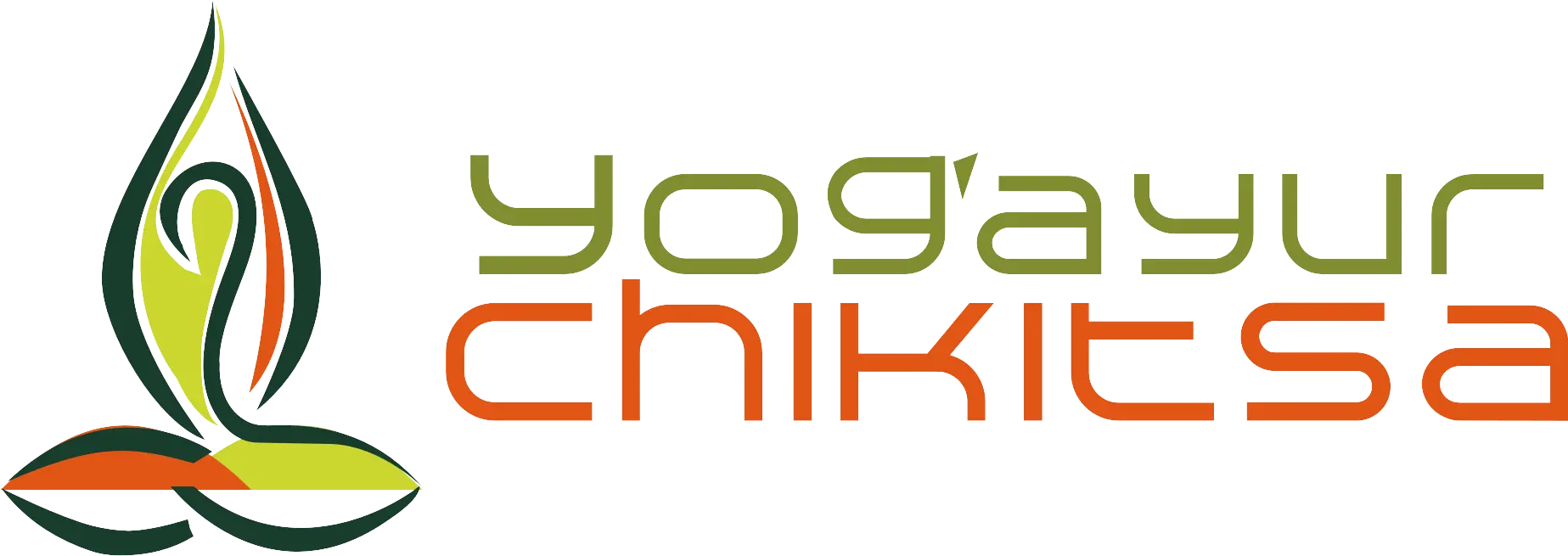Unlocking the Benefits of Trataka: An Ancient Practice for Modern Healing

Summary:
- Trataka, a traditional yoga practice, in combination with the preparatory practices improves concentration, calmness of mind and cognition.
- Patients with eye strain and fatigue, refractive errors of vision, mild stress and anxiety can benefit with yoga.
- People with seizure disorder, uncontrolled hypertension, recent eye or brain surgeries and head injuries should avoid trataka. Trataka is a yogic practice of gazing or fixing one’s eyes on a single point or object, typically a candle flame or a black dot. This practice is also known as “steady gazing” or “focused gaze.”
Trataka is considered a powerful technique for improving concentration and calming the mind. It is often practiced as a preparatory exercise for meditation or as a standalone practice to promote eye cleansing, mental clarity and focus.
The practice involves two parts: Eye exercises and Trataka. Eye exercises are also sometimes considered as preparatory practice before initiation of trataka practice. Trataka is staring at the chosen object for a certain period of time without blinking or moving the eyes. This can be challenging at first, but with practice, one can develop greater focus and control over the mind.
Trataka is also believed to have therapeutic benefits for the eyes and can help to alleviate eye strain and improve vision. It is important to practice trataka under the guidance of an experienced teacher to avoid any potential eye damage or strain.
THERAPEUTIC BENEFITS OF TRATAKA
Trataka is believed to have several therapeutic benefits, particularly for the eyes and the mind. Here are some of the benefits:
Eye strain and fatigue: In combination with the preparatory practices, trataka can be one among the best options for dealing with eye strain and fatigue. It is particularly useful in current times with increased use of screen time.
Improves vision: Trataka is claimed to strengthen the eye muscles and improve vision. Though this claim remains unsubstantiated in view of available research evidence. We were able to find only one study to look at the benefits of yoga for timira (an ayurvedic term for blurring of vision due to various clinical conditions). This study reported only subjective improvement among the two groups (eye exercise and trataka).
Improves concentration: Trataka is a concentration practice that helps to improve focus and mental clarity. It is particularly helpful for those who struggle with distractions and have a hard time staying focused.
Improves cognition: Trataka practice is supposed to improve cognition and can be a useful add-on for elderly population who struggle with age related decline in neurocognition.
Reduces stress and anxiety: Trataka is a powerful technique for calming the mind and reducing stress and anxiety. Focusing on a single point or object helps to quiet the mind and bring about a sense of inner peace and relaxation. For patients with diagnosed anxiety disorders, guidance of a trained therapist/doctor will help in selection of right yoga practices.
Promotes better sleep: Trataka is a calming practice that can help to promote better sleep. Practicing trataka in the evening hours can help to quiet the mind and prepare the body for a restful night’s sleep.
Headache of benign origin: Trataka practice, if done properly can be a useful practice for patients struggling with headaches of benign origin. Shorter duration of stimulation with ample relaxation in between may be the key to success in such cases.
ADVERSE EFFECTS OF TRATAKA
While trataka is generally considered a safe practice, there are some potential adverse effects that can occur if the practice is not done correctly or is done excessively. Here are some of the adverse effects to be aware of:
Eye strain or damage: Staring at a single point or object for an extended period of time can cause eye strain or even damage to the eyes. Like all other yoga practices, the right amount of stimulation and relaxation is the key to success in trataka practice too. It is important to start with short practice sessions and gradually increase the duration.
Heavy Headedness/Headaches: Trataka can cause heavy headedness/headaches if the eyes are strained or if the practitioner is not breathing correctly. It is important to relax the eyes and breathe deeply during the practice.
Dizziness or nausea: Focusing on a single point for an extended period of time can cause dizziness or nausea in some individuals. If this occurs, it is important to stop the practice and rest. It is advisable to develop some command in asana practices before going ahead for trataka.
Aggravation of mental health conditions: Trataka is close to meditation in the way it is performed and may have similar side effects as observed for meditation. Hence, caution is advised before initiating this practice for patients with mental health conditions. There is a possibility of increased anxiety and restlessness after the practice of trataka.
Insomnia: Practicing trataka too close to bedtime or for an extended period of time can interfere with sleep and cause insomnia. It is important to practice trataka at a time that does not interfere with sleep.
There are some individuals who should not practice it. Here are some examples:
People with eye problems: In a study done by Ramachandra K. et al. in 2008, decrease in intraocular pressure was observed among healthy individuals after the practice of trataka in comparison to relaxation for the same duration for the control group. More studies are needed in clinical populations to come up with a conclusive statement regarding benefits of trataka. In view of current research evidence, it won’t be possible to advise trataka for patients with eye problems such as glaucoma, retinal detachment or cataracts. The practice can exacerbate these conditions and cause further damage to the eyes.
Individuals with recent eye injury/surgery: People who have recently undergone eye surgery should avoid trataka until they have fully recovered.
Individuals with High blood pressure: Trataka can cause a temporary increase in blood pressure, which can be harmful to people with uncontrolled high blood pressure. For people with controlled essential hypertension, it can be considered as a safe practice.
Individuals with a history of seizures: Trataka can stimulate the brain and nervous system, which can trigger seizures in individuals who have a history of seizures. It is particularly the flickering flame of the candle which is to be avoided.
People with mental health conditions: Trataka can be a powerful practice for calming the mind, but it may aggravate certain mental health conditions such as anxiety, depression, bipolar disorder or psychosis.
People with Head injuries/Recent Head Surgeries: People who have recently suffered a head injury should avoid trataka. This practice either may not be feasible for this population group or can increase the likelihood of seizures.
Pregnant women: Pregnant women should avoid practicing trataka as the practice can be physically and mentally taxing. Sitting for the long duration is the major challenge faced by pregnant ladies in this practice.
Children: Children should only practice trataka under the guidance of an experienced teacher and with parental supervision. Children may not have the attention span or maturity to practice trataka safely. It is advisable to initiate kids after the age of 8 years into this practice.
In conclusion, Trataka is a powerful technique that can have numerous therapeutic benefits for individuals who practice it regularly. It can improve concentration, memory, and focus, as well as relieve stress, anxiety, and depression. It can also enhance the functioning of the eyes and help in treating various eye disorders. Trataka can be practiced by people of all ages and can be easily incorporated into daily routines. However, it is important to approach this practice with caution and under the guidance of a trained teacher to avoid any potential adverse effects. Overall, trataka is a simple yet powerful tool for promoting physical, mental, and emotional well-being.
Related Posts

Yoga for Anxiety Disorders
Summary: Yoga can be used as both an add-on treatment and as a monotherapy for…

Yoga for Back pain
Summary: Yoga can be used as both an add-on treatment and as a monotherapy for…

Yoga for Depression
Summary: Yoga can be used as both an add-on treatment and as a monotherapy for…

Leave a Reply